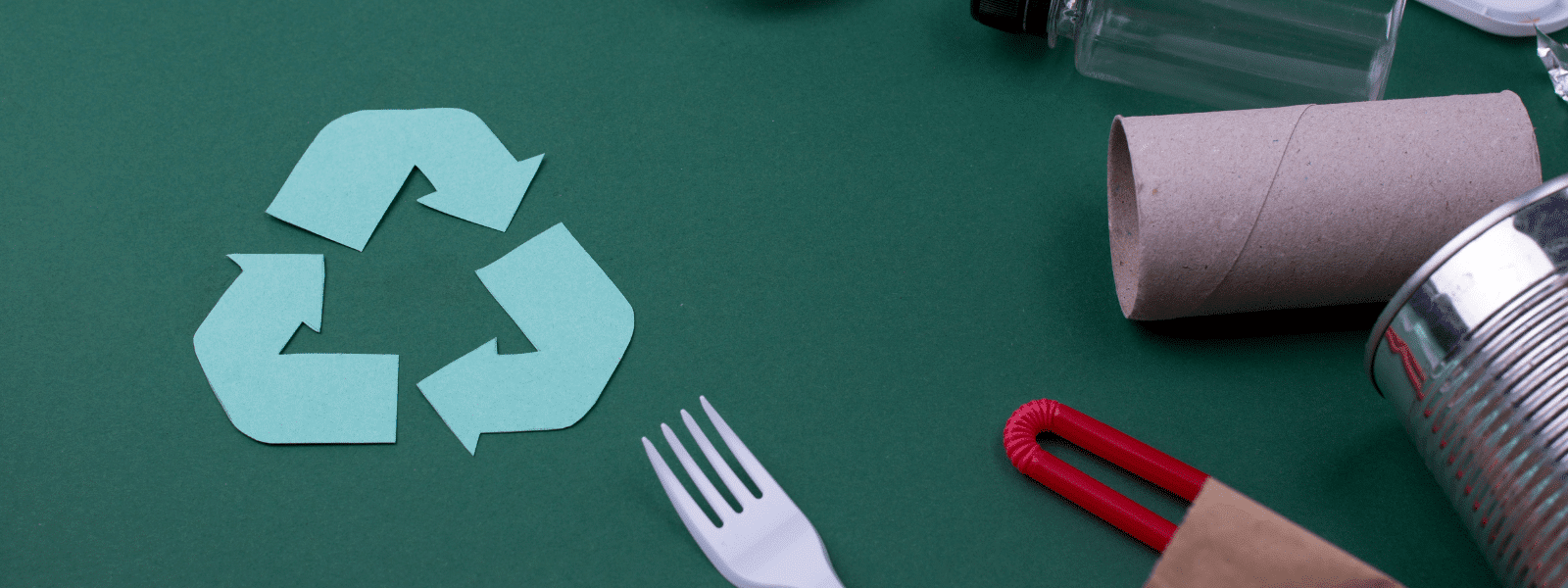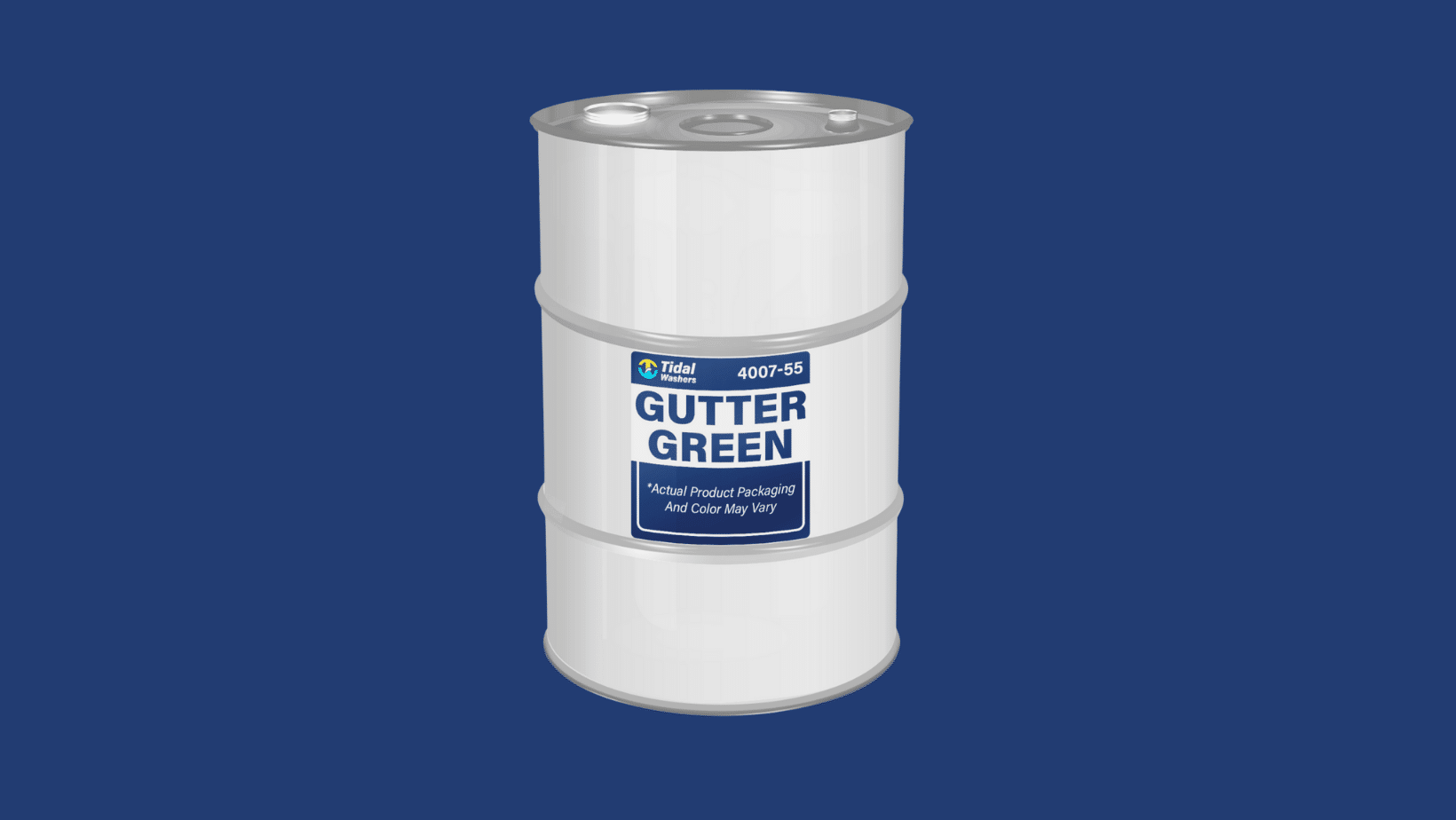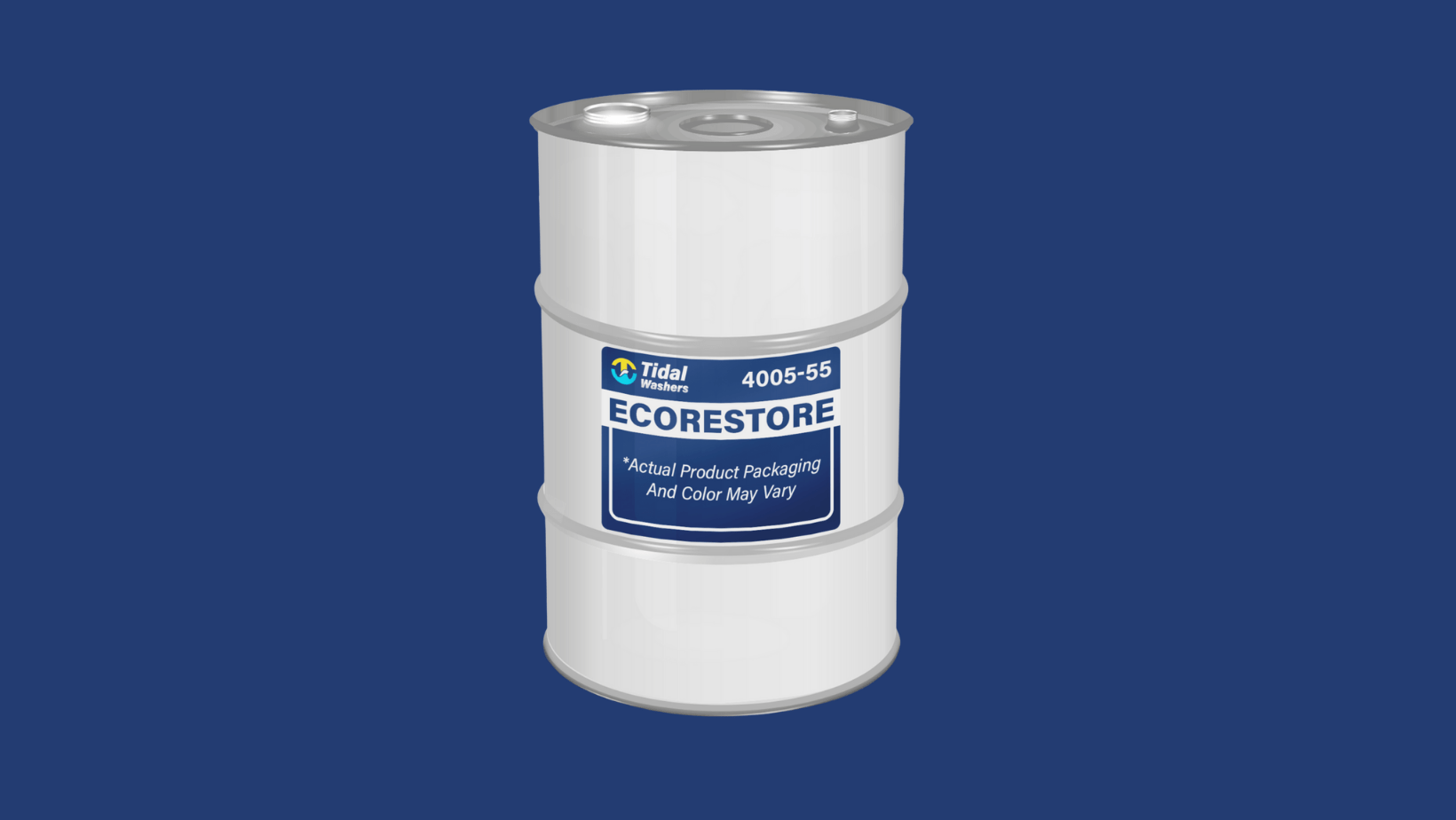Paint removers are either caustics or solvents whose purpose is to strip paints and coatings while also cleaning a surface. Paint stripping solvents...
Blog


CHEMICAL INDUSTRY NEWS
Chemical Chat – Discover What’s New!
The Benefits of Gutter Green
Are You Looking for a New Gutter Cleaning Solution? If the answer is yes, look no further! Gutter Green is an industrial strength, alkaline gutter...
The Benefits of EcoRestore
What Is EcoRestore? If you are in the market for a new masonry cleaning solution, check out EcoRestore. EcoRestore is an acidic detergent whose...
What is gravimetric cleanliness testing?
What is gravimetric cleanliness testing? The term gravimetric means to determine the weight of a particle and it's...
The Benefits of Gutter Green
Are You Looking for a New Gutter Cleaning Solution? If the answer is yes, look no further! Gutter Green is an...
Company News

Managed Services
Discover the Latest in Safe and Sustainable Chemical Solutions
Stay informed with Ecolink’s blog! Subscribe now
Chemical Management Information
Stay updated with us
Sign Up for the Latest Updates
Stay informed about chemical supply chain disruptions and emerging innovations to keep your business at the forefront of efficiency and innovation. Uncover new ways to make your business practices more sustainable by incorporating safer products into your cleaning lineup.


























